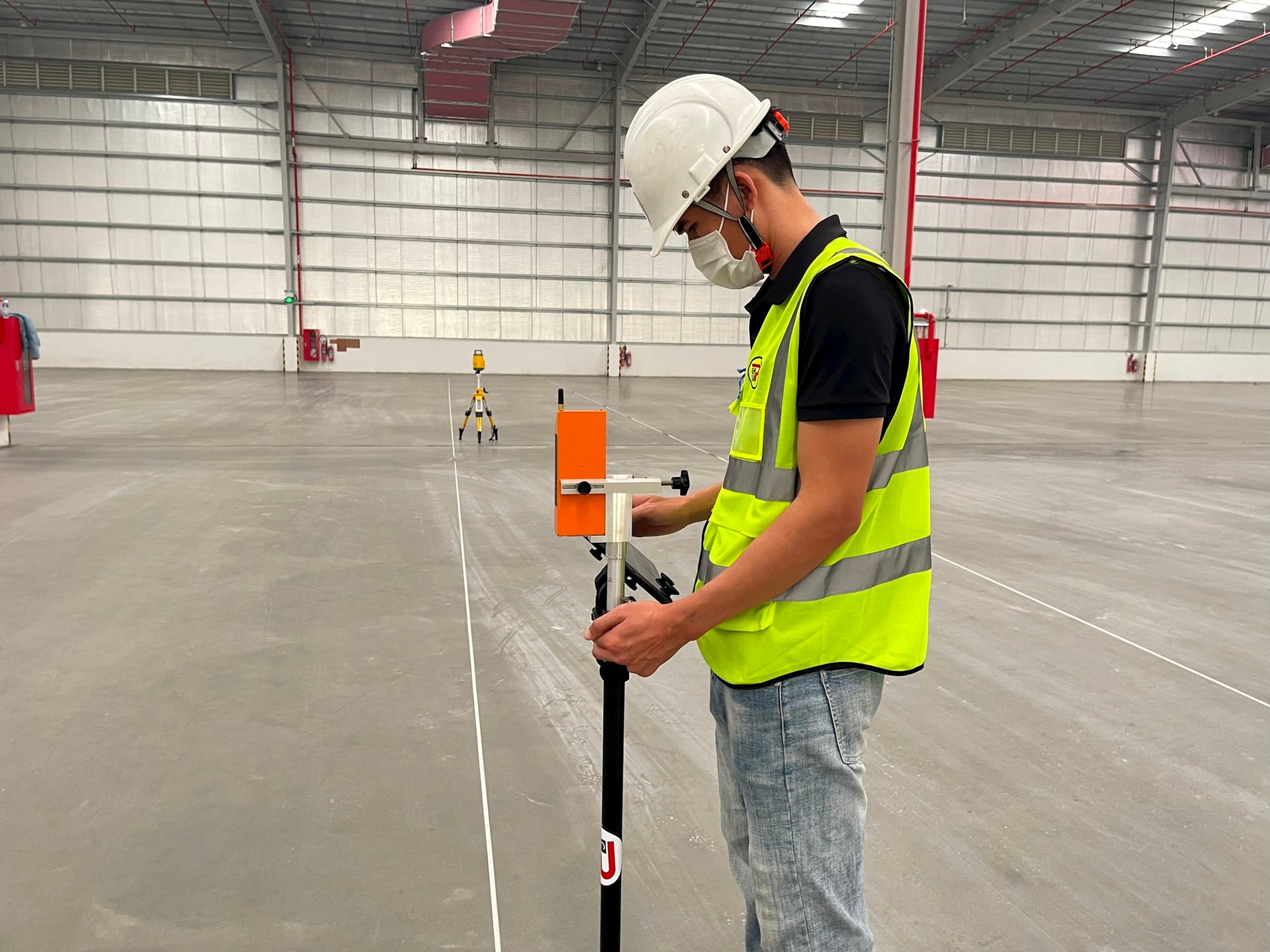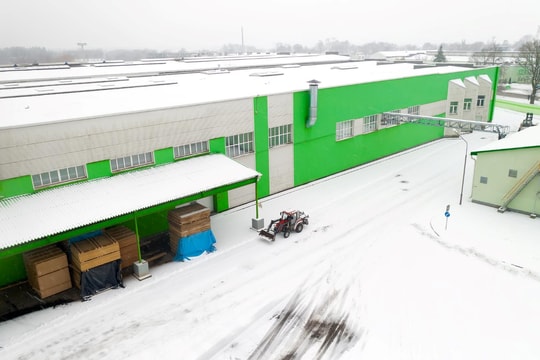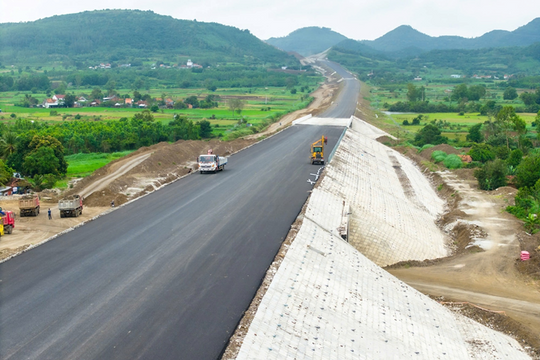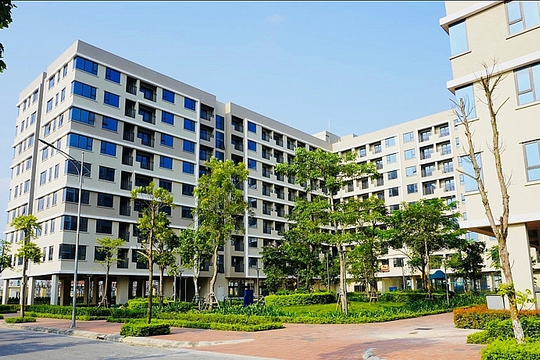The necessity of concrete floor flatness testing
Concrete floors are one of the most crucial components of every construction project, from residential buildings to industrial factories and warehouses. The quality of the floor does not only affect operational efficiency but also impacts the long-term durability and overall safety of the structure. In particular, the flatness of the concrete floor is a key technical criterion, often overlooked or improperly assessed. In logistics, where goods transportation and industrial machinery operations occur continuously, floor flatness directly affects safety, operational efficiency, and maintenance costs. From the perspective of a professional floor flatness inspection service, PCE Vietnam affirms that testing and evaluating the flatness of concrete floors is a crucial requirement in all construction projects.
Current status of floor flatness testing being overlooked
Although clear standards are in place, PCE Vietnam has found that the testing of concrete floor flatness is often not given the attention it deserves at many construction sites in Vietnam.
Inspection after construction: During construction supervision, the flatness test is often skipped or conducted hastily. Sometimes only a rough visual inspection is done using basic tools like a metal ruler, leading to inaccurate results. As a result, many floors exhibit wave-like deformations or excessive height differences when put into use, which causes difficulties in racking installation, automation systems, or forklift operations.

Lack of flatness requirements in initial designs: Many construction designs fail to include precise flatness specifications or only state general terms. This leaves contractors with no specific guidelines for executing accurate techniques and no binding requirements during acceptance.
Real-life evidence: In several manufacturing plants, especially in electronics and precision mechanics, enterprises (FDI) enterprises have had to request complete floor renovations because the floors did not meet the required standards. In logistics centers, floors that do not meet TR34 standards cause excessive forklift oscillation, endangering goods and operators.
Concrete floor flatness: An indispensable factor
The flatness of a concrete floor is a measure of the evenness of the surface compared to an ideal plane. In other words, it is the ability to maintain a surface without excessive undulations or waves within acceptable limits. This is an essential technical specification that directly influences equipment stability, forklift operations, robot functions, the likelihood of goods being damaged, and worker safety. PCE Vietnam observes that depending on the type of construction and usage, flatness requirements may vary, but they all serve the same purpose: ensuring stability, safety, and operational efficiency.
.jpg)
.jpg)
Why concrete floor flatness testing is essential
For PCE Vietnam, floor flatness testing is not only a technical acceptance step but also an essential component to safeguard operational effectiveness, durability, and long-term safety for the project. Below are the four main reasons why this should not be overlooked:
Increasing durability and floor longevity: Uneven floors at the concrete joints (construction joints, contraction joints or expansion joints) distribute loads unevenly, increasing localized stress and leading to cracks over time. This is especially dangerous in high-load structures such as warehouses or industrial facilities, where many vehicles operate continuously. When weak points emerge, they rapidly spread and compromise the overall stability of the floor. Conversely, a flat floor, especially at the joints ensures even load distribution, reduces the risk of structural damage, and significantly extends the lifespan of the floor.
.jpg)
.jpg)
Reducing maintenance, repair costs, and minimizing operational disruption: Uneven floors not only affect operational efficiency but also lead to damage like peeling, cracking, or deterioration, forcing businesses to incur expensive repair costs. Particularly, repairing the floor during operation can significantly impact work progress and even disrupt production or logistics for extended periods. On the other hand, performing flatness checks and addressing any issues early in the process can save substantial maintenance costs, mitigate technical risks, and maintain consistent operational performance over the long term.
Concrete floor flatness testing methods
Concrete floor flatness testing cannot be done casually or with the naked eye; it requires professionals with the appropriate technical expertise, certifications, and international-standard measurement equipment.
Premier Concrete Equipment Vietnam (PCE Vietnam) specializes in consulting and testing floor quality with a team of experts who have extensive experience in large-scale projects across Southeast Asia and Australia. We provide customers with information on the latest testing methods using state-of-the-art equipment, such as:
.jpg)
.jpg)
Conclusion
In the era of industrialization and automation, concrete floors serve not only as the physical foundation but also as the operational basis for entire production, storage, and logistics systems. Therefore, flatness testing should not just be a final check after construction but must be considered from the design phase and construction supervision. Ensuring floor flatness enhances safety and improves the durability and operational efficiency of equipment while reducing maintenance and repair costs. At Premier Concrete Equipment Vietnam, we continually update technology and improve our professional capacity to accompany contractors, investors, and engineers in building robust floors that meet both structural integrity and operational standards.


.jpg)
.jpg)
.jpg)
.jpg)
.jpg)

.jpg)


.png)







.png)









